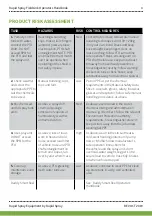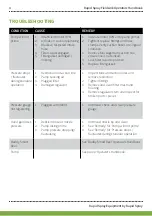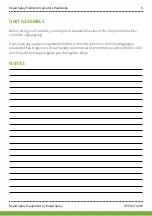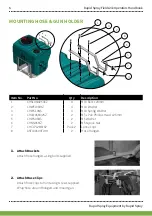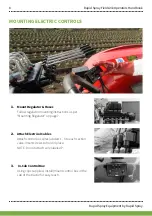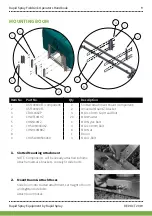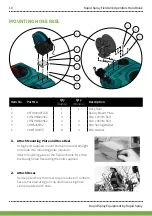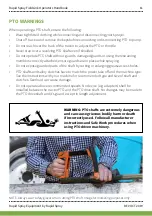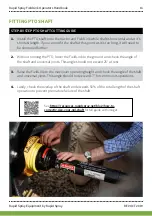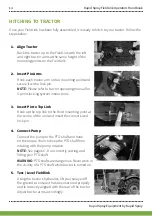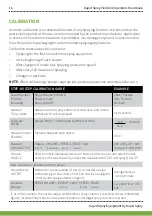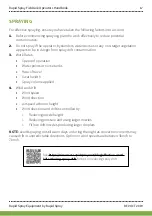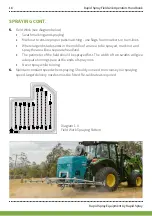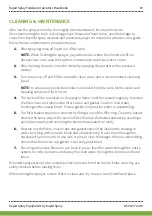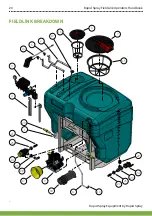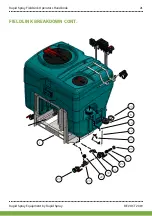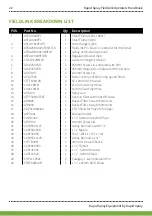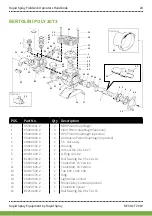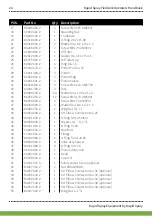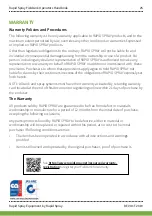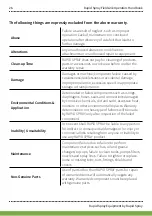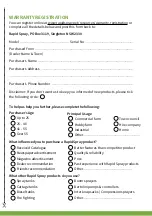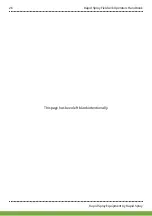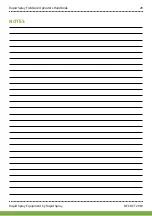
Rapid Spray FieldLink Operators Handbook
Rapid Spray Equipment by Rapid Spray
REV OCT 2019
17
SPRAYING
For effective spraying, ensure you have taken the following factors into account.
1.
Before commencing spraying, plan the work effectively to reduce potential
contamination.
2.
Do not spray if the operator, bystanders, watercourses or any non-target vegetation
appears to be in danger from spray drift contamination.
3.
Work Rates
•
Speed of operation
•
Water points or nurse tanks
•
Rate of travel
•
Swath width
•
Spray volume applied
4.
Wind and drift
•
Wind speed
•
Wind direction
•
Airspeed at boom height
•
Wind direction and drift is controlled by;
»
Reducing nozzle height
»
Reducing pressure and using larger nozzles
»
Fit low-drift nozzles producing larger droplets
NOTE:
Avoid spraying on still warm days or during the night as convection currents may
cause drift in unpredictable directions. Optimum wind speeds are between 3km/h to
7km/h.
See
https://resources.rapidspray.net/blog/effective-weed-
kill-reducing-spray-drift
for tips on reducing spray drift.

